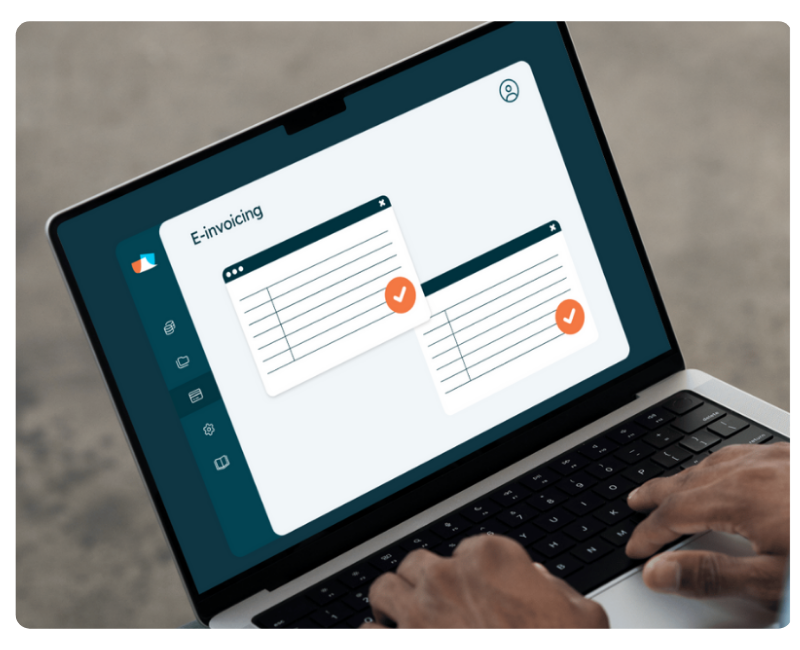What is e-invoicing?
E-invoicing in travel and expense management
E-invoicing refers to the digital exchange of invoices between businesses and suppliers in a structured, automated format. Unlike traditional paper or PDF invoices, e-invoices are processed electronically from creation to payment, reducing manual work and improving compliance with tax regulations.

Key principles of e-invoicing:
- Digital format: Invoices are created, sent, and received electronically, eliminating the need for paper-based processes.
- Compliance: E-invoicing helps businesses meet regulatory requirements, such as real-time reporting obligations.
- Automation: Reduces manual data entry and processing errors, ensuring faster and more accurate payments.
- Cost efficiency: Cuts down on administrative costs related to invoicing, such as printing, storage, and postage.
- Integration: Works seamlessly with expense management and accounting systems for better financial oversight.
Example of e-invoicing
A business receives an e-invoice from a travel provider directly into its expense management system. The system automatically verifies the invoice details, processes payment, and archives the invoice for compliance.
The benefits of e-invoicing
Efficiency- Eliminates manual processing and speeds up approvals.
- Accuracy – Reduces errors and fraud risks in financial transactions.
- Cost savings – Lowers administrative expenses related to invoice handling.
- Compliance – Meets tax and regulatory requirements with secure digital records.
- E-invoicing is a crucial step towards fully automated and compliant travel expense management.
Related terms
%20(2).png?width=1200&height=1200&name=Newsletter%20CTA%20pop-up%20vertical%20(1200%20x%201200%20px)%20(2).png)

